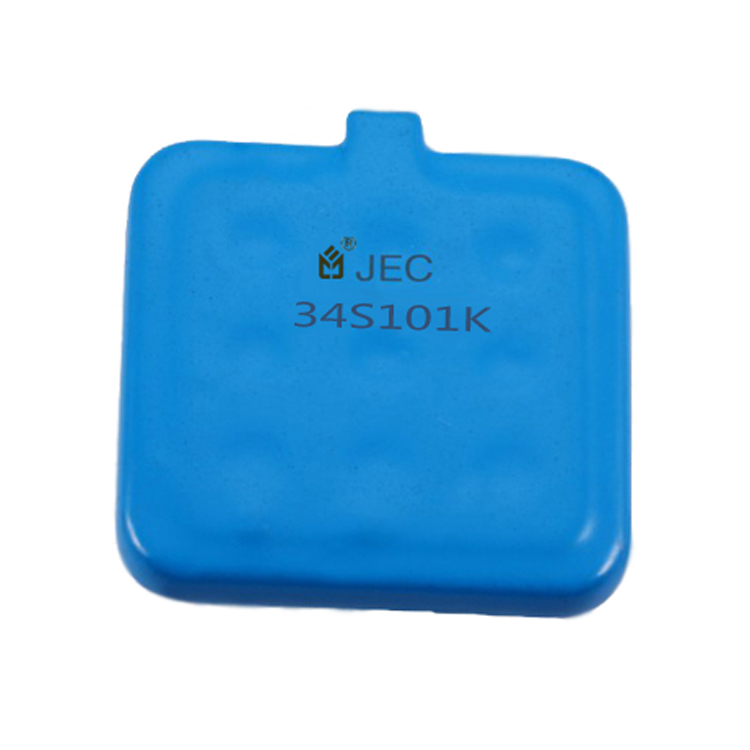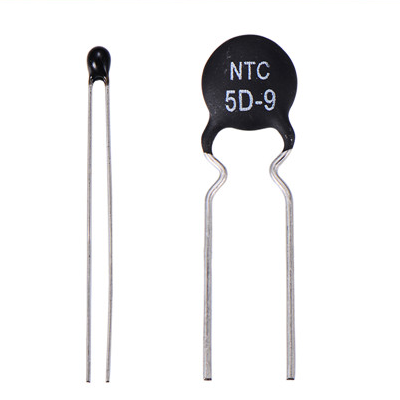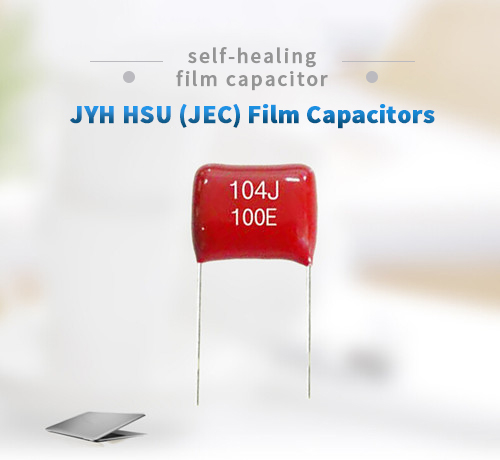May. 08, 2024
Establishing voltage across a capacitor first requires a charging process. As the charging progresses, the voltage across the capacitor gradually increases. This means that there is initially a current and then the voltage is established. This process is typically referred to as current leading voltage by 90 degrees (in a capacitor current circuit with no resistance and inductance components, it is called a pure capacitor circuit).
In circuits with coils such as motors and transformers, which have inductive circuits, due to the inability of current passing through the inductor to undergo abrupt changes, it is exactly the opposite. Voltage needs to be established across the coil terminals first, and then there is current (in an inductive current circuit with no resistance and capacitance, it is called a pure inductive circuit). The current in a pure inductive circuit lags behind the voltage by 90 degrees.
Since power is the product of voltage and current, when voltage and current are not produced simultaneously (for example, when the voltage across the capacitor is at its maximum, the capacitor is fully charged, and the current is zero; when there is voltage across the inductor first, the inductor current is also zero), the product obtained (power) is also zero! This is what reactive power is. Therefore, the relationship between the voltage and current of a capacitor is exactly opposite to that of an inductor. Capacitors are used to compensate for the reactive power generated by inductors, which is the principle of reactive power compensation.
This article is provided by JYH HSU (JEC) Electronics. JEC is a research, development, production, and sales-oriented company specializing in manufacturing and selling various electronic components such as capacitors and resistors.

Varistor: Why Choose Epoxy Resin As The Coating Material
May. 08, 2024

How to Read the Parameters of a Thermistor
May. 08, 2024

Precautions for Using Film Capacitors
May. 08, 2024
+86 181 2299 5593
+86 18122995593
+86 769 8831 3605
Beside Luchong Bridge, Hou Road, Caibai Village, Daojiao Town, Dongguan, Guangdong, China
Navigation